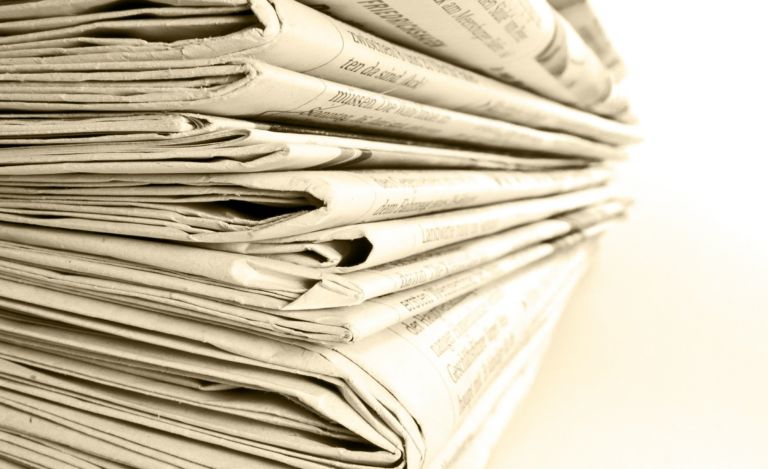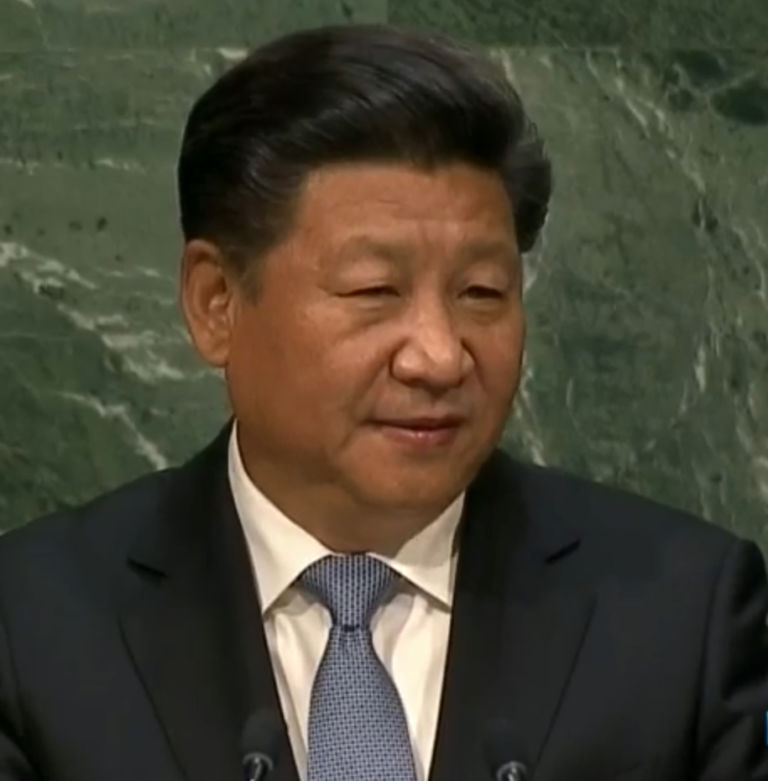Dominic Pino of National Review Online reports on bad news for the communist Chinese government.
Lingling Wei, chief China correspondent for the Wall Street Journal, has written a remarkable piece on the troubles now facing China’s vaunted Belt and Road Initiative.
The BRI was hailed by many as a new form of economic statecraft that the U.S. needed to contend with. China was supposed to have taken the lead in influencing the developing world, and it was winning more countries into its sphere of influence through BRI lending and infrastructure projects.
Now, China has $1 trillion sunk into BRI projects, and rising interest rates around the world mean a bunch of them could go bust.
How did China get here? Wei explains:
“The program’s roots date back a little over a decade, when China saw an opportunity for its state-owned financial institutions to extend their reach and earn better returns on their cash holdings through investments overseas.” …
… Unsurprisingly to anyone even slightly familiar with public-choice economics, politically motivated investment decisions did not turn out to be financially sound. And these weren’t just a few missteps. There were a cumulative $1 trillion of loans made to about 150 countries over a decade as part of the BRI, and 60 percent of those loans are now held by countries in financial distress, Wei writes.
The real tell that Beijing knows it’s in trouble is that it has changed the propaganda messaging around the BRI. Wei writes:
“Beijing has also dialed down its rhetoric in state media. While it used to tout the economic benefits of Chinese lending for recipient countries, it now emphasizes managing risks and improving international cooperation.” …
… On the financial side, Chinese bankers have resorted to “extending and pretending,” which means extending the maturity of loans rather than restructuring them or accepting some losses.


